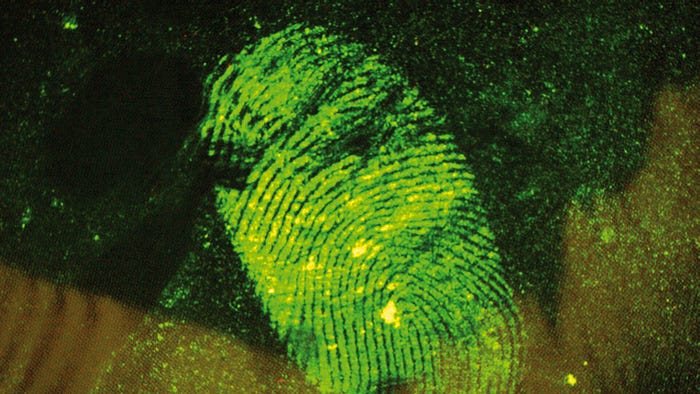
Episodic memories: how reliable are they?
A few months ago, I watched a TED Talk from 2013 presented by psychologist Elizabeth Loftus. She is a memory-manipulation expert, and covered a very catching topic on how episodic memory can deceive us into believing in things from the past that did not actually happen — at least, not exactly as our memories portray them –, and how this could cause social damage when used in forensic investigations.
As presented by Professor Peggy Mason, from University of Chicago, the way we recall episodes from the past, even those that have caused us great emotional or physical impact, might be deceiving. If we can tell details about it after a short period, this capacity may become foggy as time goes by, and even lead us to remembering aspects there were not there in the moment the event occurred.
One very good example was the experiment conducted by Ulrich Neisser, a very important cognitive psychologist, related to the Challenger shuttle explosion: people were asked a few questions about the accident on the day-after, in an effort to remember where they were and the most details they could on the event; then, three years later, the same questions were made. Neisser compared both versions and found that less than 10% of participants could remember the events correctly. This means our memories change, shift, transform along time; they are not fixed.
Declarative memories
Long-term memory is built through a communication process between the hippocampus and the neocortex, and is divided in two categories: semantic and episodic. The former is shipped from the hippocampus to the neocortex and is kept in there for further recollection. Episodic, for the other hand, go through a reconsolidation process, that is, although it is already stored in the neocortex, it is sent to the hippocampus and then again to the neocortex for recollection –it’s iteration. And this memory exchange between these two areas causes it to be reconstructed in a slightly different way every time we try to access them. This is the reason why episodic memory, which involves emotions, is generally imprecise — even though we might be sure we remember events exactly as they had happened.
The scheme below presents how long-term memories are structured:
Forensic and criminal implications of mistaken episodic memories

Based on the discussion above, and back to Loftus’ lecture, there have been many cases in which people were mistakenly convicted for a crime they did not commit. She focuses on Steve Titus, a restaurant manager who was driving with his wife for a romantic diner and was stopped by the police.
Titus happened to have a car similar to another one the police was looking after that evening, and he somehow resembled a man accused of raping a hitchhiker. Titus’s photo was presented in a lineup to the victim, who said “that one looks the closest,” pointing to his image. During the trial, the victim then proclaimed, “I’m absolutely positive that’s the guy.” Only, he was innocent and eventually released about one year later, after a local newspaper investigation he hired on his own found the real criminal.
Titus is not an exception. Studies have found other 300 innocent people sent to jail in the U.S. for crimes they did not commit — people who spent 10 to 30 years locked until a DNA test, or another kind of investigative tool, was able to provide sufficient proofs of the mistake. And after a thorough analysis, Loftus’ team discovered that three quarters of those convictions were due to false eyewitness memory.
Sad events like those occur mostly because people tend to think that memory works like a recording box, and therefore all they remember should be assumed true. Decades of studies in psychology — and recently in neurobiology –, though have shown this isn’t true.
Memory is a constructive process that can be modified by ourselves and our interactions with other people. As Professor Mason states, the reconsolidation stablished by the hippocampus to retrieve episodic memories back to our neocortex inflicts small pieces of change that accumulate in every interaction, and lead us to a different result from what was originally felt or experienced. Moreover, the way a sentence is stated, or an event is recalled, can influence our “memory”.
Let’s think about an experiment Loftus studied a few years ago, involving simulated accidents and what participants remembered about them:
In the picture above, participants were asked the same question but presented in different ways: for the first group, psychologist asked “how fast were the cars going when they hit each other?” For another, the question was posed as “how fast were the cars going when they smashed into each other?”
While the first group estimated an average speed of 34 miles per hour, the second group escalated it to 41mph — a difference of over 20%. Additionally, the “smashed question” led people to state they saw broken glass on the floor of the scene, when all glasses from the car were intact.
Some further implications
Loftus has many other examples of incorrect / imprecise episodic memories on her books. And as we can see, the mere inference of suggestive information can push the brain to recalling complete different events from the original ones. The situation is aggravated when there is a great load of stress involved or when investigation, deliberately or not, frames their questions.
Titus lost his job, his fiancée, his life-savings and suffered a fulminant heart attack as part of the post-traumatic experience, dying in the age of 35.
Thus, we need to be very careful when considering memories as evidence, once they can represent mere reconstructions caused either by the reconsolidation process itself or environmental influences — as noise, for example, main theme for Daniel Kahneman’s latest book together with Olivier Sibony & Cass Sunstein, which I discuss in another piece.
References
Dmochowski, J. P.; Bezdek, M. A.; Abelson, B. P.; Johnson, J. S.; Schumacher, E. H.; Parra, L. C. (2014). Audience preferences are predicted by temporal reliability of neural processing. Nature Communications, DOI: 10.1038/ncomms5567.
Henderson, P. (1981). Looking back at Titus case. The Seattle Times, published in July, 02.
Loftus, E. (2013). TED Global. How reliable is your memory?
Loftus, E. (1992). Witness for the defense.
Mason, P. (2011). Medical Neurobiology. Oxford University Press Inc., New York.
Ramsoy, T. (org.). (2014). Consumer Neuroscience & Neuromarketing Compendium, 2nd edition.
